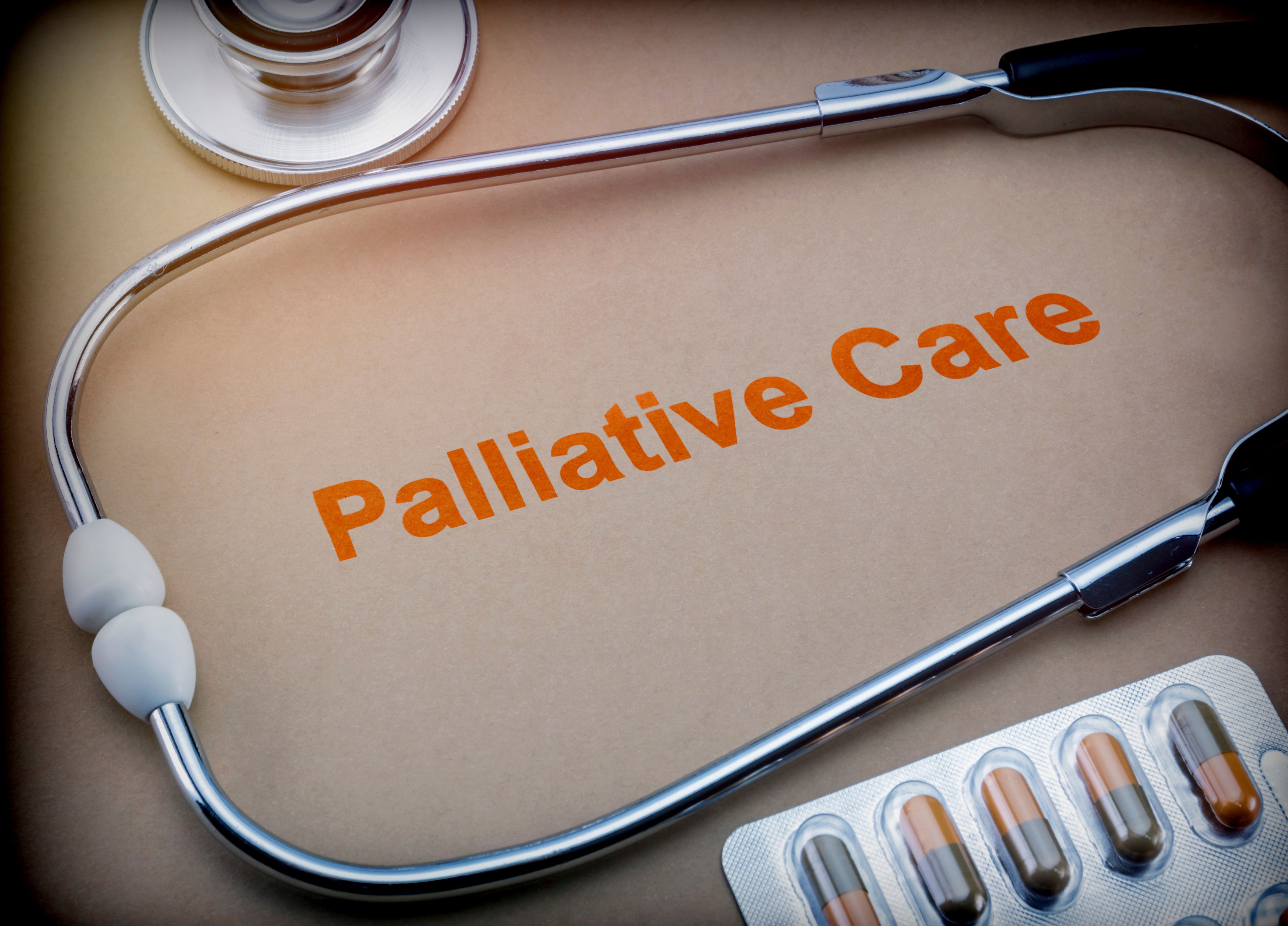Article
Patients With Cancer May Have an Increased Risk for Measles and Mumps
Author(s):
The potential for a measles and mumps outbreak in the United States may be life threatening for patients with cancer who are immunocompromised.
Patients with cancer may lack protective antibodies for measles and mumps, increasing their risk during a potential outbreak, according to a study.
“Planning for an outbreak is something we were thinking about before COVID-19 started, but I think we were thinking more (of) measles because we'd seen cases. We had a large outbreak in the state of Washington a couple years ago,” study author Dr. Steve Pergam, physician-scientist at Fred Hutchinson Cancer Research Center in Seattle, told CURE®. “It's important for us to be wary, and I think important for other centers to know what the potential risk is for their patient populations.”
In 2019, the Centers for Disease Control and Prevention (CDC) reported approximately 1,282 cases of measles in the United States. “When we started doing this work, it was two years ago, and we literally had the most measles outbreaks we'd had in decades to the point where there was some concern that the United States would lose its measles-free status in the sense that … if we had enough cases and it was ongoing for long enough, that there would be evidence that we had ongoing measles within the United States and ongoing measles transmission,” he explained.
Researchers enrolled 959 patients with cancer, of whom 25% lacked protective antibodies for measles and 38% lacked protective antibodies for mumps. Pergam emphasized that these data increase the risk for patients with cancer during potential outbreaks, as well as a need for communities to increase vaccination efforts.
“What we really found from (our study) is that one in four (patients with cancer) lacked protective antibodies for measles and over one in three for mumps,” explained Elizabeth M. Krantz, biostastician at Fred Hutchinson Cancer Research Center. “That’s concerning if there is an outbreak. Obviously, we’d be concerned about that patient population where there is that sort of deficit in protection.” Data exhibited that younger patients (ages 30-59), those diagnosed with blood cancers and patients who received stem cell transplants were at the highest risk.
Similar Issues During COVID-19
With attentions diverted to the COVID-19 pandemic and vaccine hesitation at an all-time high, it even more imminent for communities to protect themselves from the disease, especially those who are immunocompromised.
“What we’ve seen is that — and there’s been a number of reports about this is the news media — as COVID-19 has taken over, we're starting to see children who (are) not going to the normal appointments, a lot more missed opportunities for people to catch up on vaccines,” Pergam explained. “There is a real concern.”
He gives the example of Ebola in Africa, where researchers were concerned that there would be missed opportunities for communities to receive important vaccinations like the measles and mumps vaccine (MMR vaccine). “Not surprisingly, there was a large uptake in measles, and actually, there were more deaths in Africa of measles than there were of Ebola,” he said, noting that this only emphasizes the importance for the United States and the world to catch up on this vaccine.
During the COVID-19 pandemic, health care teams have seen the effects from lack of vaccination trickle down to those at higher risk. “The same is true for measles. If we don't address vaccine hesitancy head on and get people to get vaccinated, this will have downstream effects in (patients with cancer),” he said.
“(A measles or mumps outbreak) can happen within a year or two. It kind of depends on where we are in terms of other prevention strategies, if we're still masking, if we're still social distancing, all those things,” Pergam said. “But I think once we get back to normal experiences, if there aren't these catch-ups, then (there) is a major potential risk for major centers and around the country, as we think we're destined to have more of these outbreaks if we're not cautious.”
Disease Presentation
Fever, headache, fatigue, muscle aches and loss of appetite along with puffy cheeks and swollen salivary glands are the main symptoms of mumps, according to the CDC. High fever, cough, runny nose and red, watery eyes are among the early signs of measles. According to the CDC, as the illness progresses, rash on the body and koplik spots (white spots) inside of the mouth may appear. For patients with cancer, however, this could present differently.
“They may present without a rash, they may present with just fever, they may present with more invasive symptoms like pneumonia or what we would call encephalitis, where you get involvement of the brain,” Pergam explained.
He noted the last death from measles in the United States in Washington state. Although not diagnosed with cancer, the patient was immunocompromised, and showed symptoms of pneumonia. Measles wasn’t identified until autopsy. “That provides a major opportunity for this to be transmittable in our centers because if you don't present in a standard way, (or) you also have providers who haven't seen measles probably in their lifetime and may not be able to pick up these cases as easily, it provides opportunities for these viruses to spread really unabated for a period of time,” he said.
If a health center with immunocompromised patients is infected, another complication arises: There’s no true treatment for the illnesses. “The best-case scenario is that we help pull (patients) through and manage their symptoms, but there aren't currently antiviral treatments that are available,” he said, noting that these patients also can’t receive the MMR vaccine since it is a live virus.
“They're at risk for developing life-threatening measles if people in their community are not vaccinating,” Pergam concluded. “If we start to have more outbreaks in our communities, it's going to eventually lead to more cases in cancer patients and others who are immunosuppressed, which can be life-threatening.”
Next Steps
One major limitation of the study included the fact that it only took place at Fred Hutchinson Cancer Research Center, according to Kantz, meaning the data aren’t generalizable to cancer centers across the country. Other limitations included having only five patients under the age of 18 and the limited knowledge on who had and hadn’t received the MMR vaccine. “…When we saw these deficits, it (was) hard to say if that was linked to the vaccine, or cancer treatments or why some of these patients did lack protection,” she said.
Because of this, the researchers both noted that it would be ideal to turn this into a multicenter study, as well as look deeper into the potential effects in children. Looking into potential treatments that put patients with cancer at an increased risk is also of interest.
Pergam also hopes that what the world has learned from COVID-19 could help better future protection for patients with cancer. “I'm kind of hoping that some of the work that's been done in COVID-19 can help us to expand additional ways to protect our patients, which can include masking, social distancing and even potentially (using) some of the novel vaccines that are available,” he concluded. “There might be new technology that would make it available to create vaccines that don't include viruses as an example. That could be really exciting in the future.”
For more news on cancer updates, research and education, don’t forget to subscribe to CURE®’s newsletters here.




